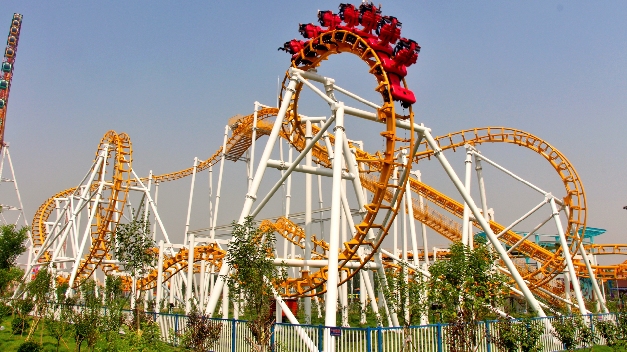- Albanian
- Arabic
- Belarusian
- Bengali
- Czech
- English
- French
- German
- Hebrew
- Hungarian
- Indonesian
- irish
- Italian
- Japanese
- kazakh
- Persian
- Russian
- Thai
- Uzbek
- Vietnamese
the ferris wheel
The Ferris Wheel A Symbol of Joy and Wonder
The Ferris wheel, an iconic emblem of amusement parks and fairgrounds, has encapsulated the human spirit of adventure and joy for over a century. Towering majestically in the skyline, these magnificent structures draw visitors of all ages, inviting them to experience a ride that offers not only a thrill but also a breathtaking view of the surroundings. As one ascends in a gently swaying cabin, the world below transforms, providing a unique perspective that intertwines nostalgia, exhilaration, and a sense of freedom.
A Brief History
The origins of the Ferris wheel can be traced back to the late 19th century. The first Ferris wheel was designed by George Washington Gale Ferris Jr., an American engineer, for the World’s Columbian Exposition in Chicago in 1893. The intention was to create a grand spectacle that would rival the Eiffel Tower, which had captured the imagination of the world during the 1889 Exposition in Paris. The Ferris wheel stood at an impressive 264 feet tall and featured 36 cars, each capable of holding up to 30 passengers. This monumental engineering feat captured the hearts of millions, and it set the stage for the many Ferris wheels that would follow.
Since that inaugural ride, Ferris wheels have evolved in design and technology. Modern variations can be found in amusement parks, city centers, and tourist attractions around the globe, with designs that incorporate advanced safety features and stunning aesthetics. Structures like the London Eye and the Singapore Flyer have pushed the limits of height and innovation, offering riders an experience that mixes thrill with a touch of wonder.
The Experience of Riding a Ferris Wheel
Riding a Ferris wheel is more than just a physical ascent; it is an emotional journey that resonates deeply with the human experience. As the wheel turns and cabins rise, a sense of anticipation builds, juxtaposed with the gentle creaking of the mechanical gears. Families huddle together, couples share whispered secrets, and friends laugh with glee as they embark on this shared adventure.
the ferris wheel

At the pinnacle of the ride, passengers are treated to a panoramic view that momentarily transports them out of their routine lives. Cities become miniature landscapes, the hustle and bustle of life seems to pause, and a sense of introspection often arises. People find themselves appreciating their surroundings from a height, contemplating not only the beauty of the view but also their place within the larger narrative of life.
Cultural Significance
The Ferris wheel embodies a cultural phenomenon that transcends generational boundaries. It serves as a backdrop for countless memories—first dates, family outings, and celebrations. It evokes feelings of nostalgia, harking back to simpler times when joy was found in small wonders. These rides have a unique ability to bring people together, fostering connections amidst laughter and awe.
Moreover, Ferris wheels have become symbols of cities, captured in photographs that represent not just the location but the essence of joy and togetherness. They stand as landmarks, attracting tourists and locals alike, inviting everyone to partake in the universal experience of joy and exploration.
In Conclusion
The Ferris wheel is more than just a ride; it is an enduring symbol of hope, wonder, and human connection. As technology continues to innovate and designs grow bolder, the essence of the Ferris wheel remains unchanged—a celebration of life’s simple joys. Whether one is a child experiencing their first ascent or an adult reminiscing about moments shared, the Ferris wheel continues to spin, inviting people to rediscover the magic of life from new heights. As we board these cabins, we are reminded that the world is a beautiful place, filled with opportunities to connect, explore, and dream—one rotation at a time.
-
Flume Ride-Hebei Zhipao Amusement Equipment Manufacturing Co., Ltd.|Thrilling Water Attraction&Customizable DesignJul.30,2025
-
Flume Ride - Hebei Zhipao Amusement Equipment | Water Coaster, Thrilling DescentJul.30,2025
-
Flume Ride - Hebei Zhipao | Thrilling Water AttractionJul.30,2025
-
Flume Ride: Thrilling Water Attraction by Hebei Zhipao|Log Flume Manufacturers&Flume Ride DesignJul.30,2025
-
Flume Ride-Hebei Zhipao Amusement Equipment Manufacturing Co., Ltd.|Thrilling Water Coaster, Safe DesignJul.30,2025
-
Flume Ride-Hebei Zhipao Amusement Equipment Manufacturing Co., Ltd.|Thrilling Water Attraction, Safe DesignJul.30,2025
